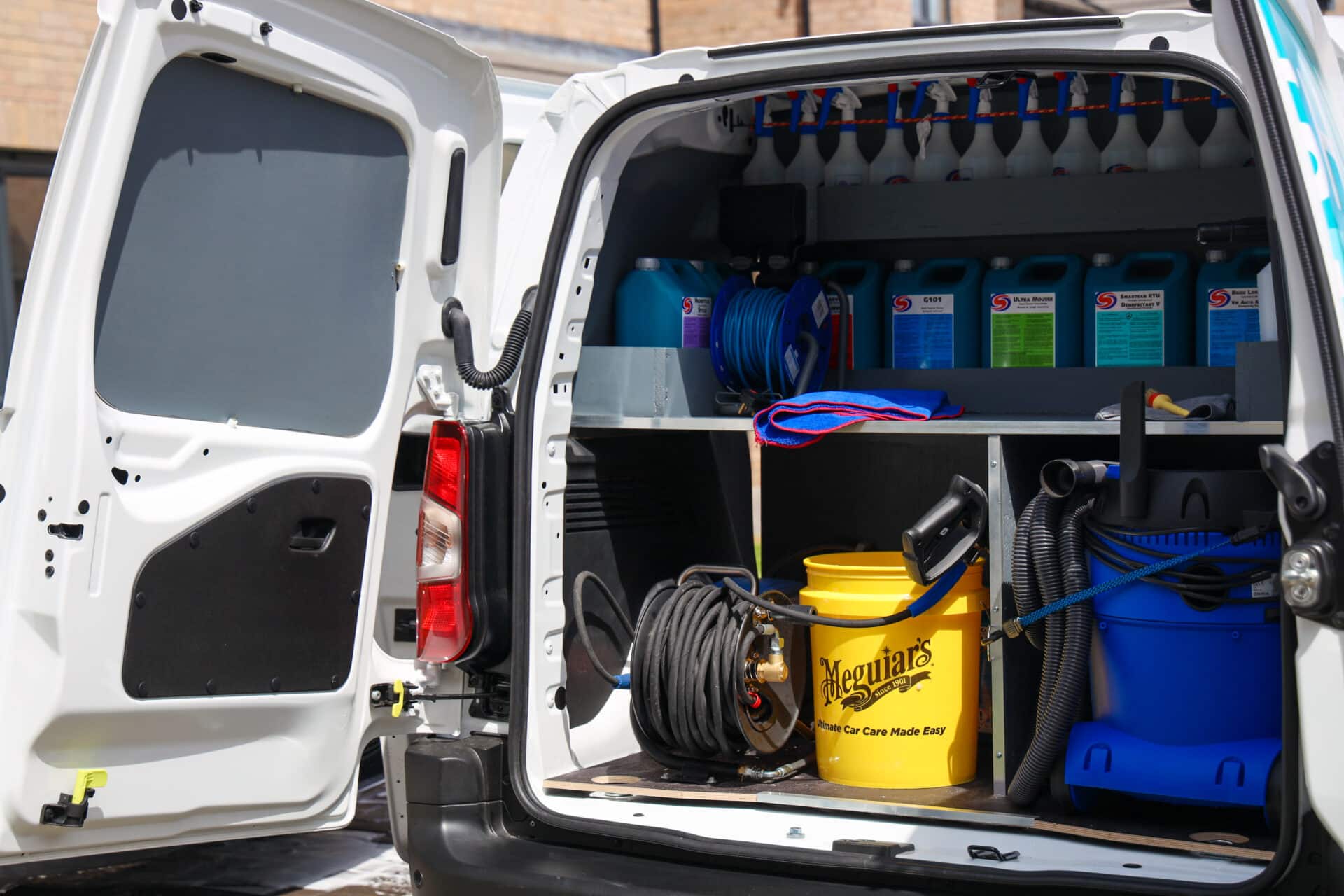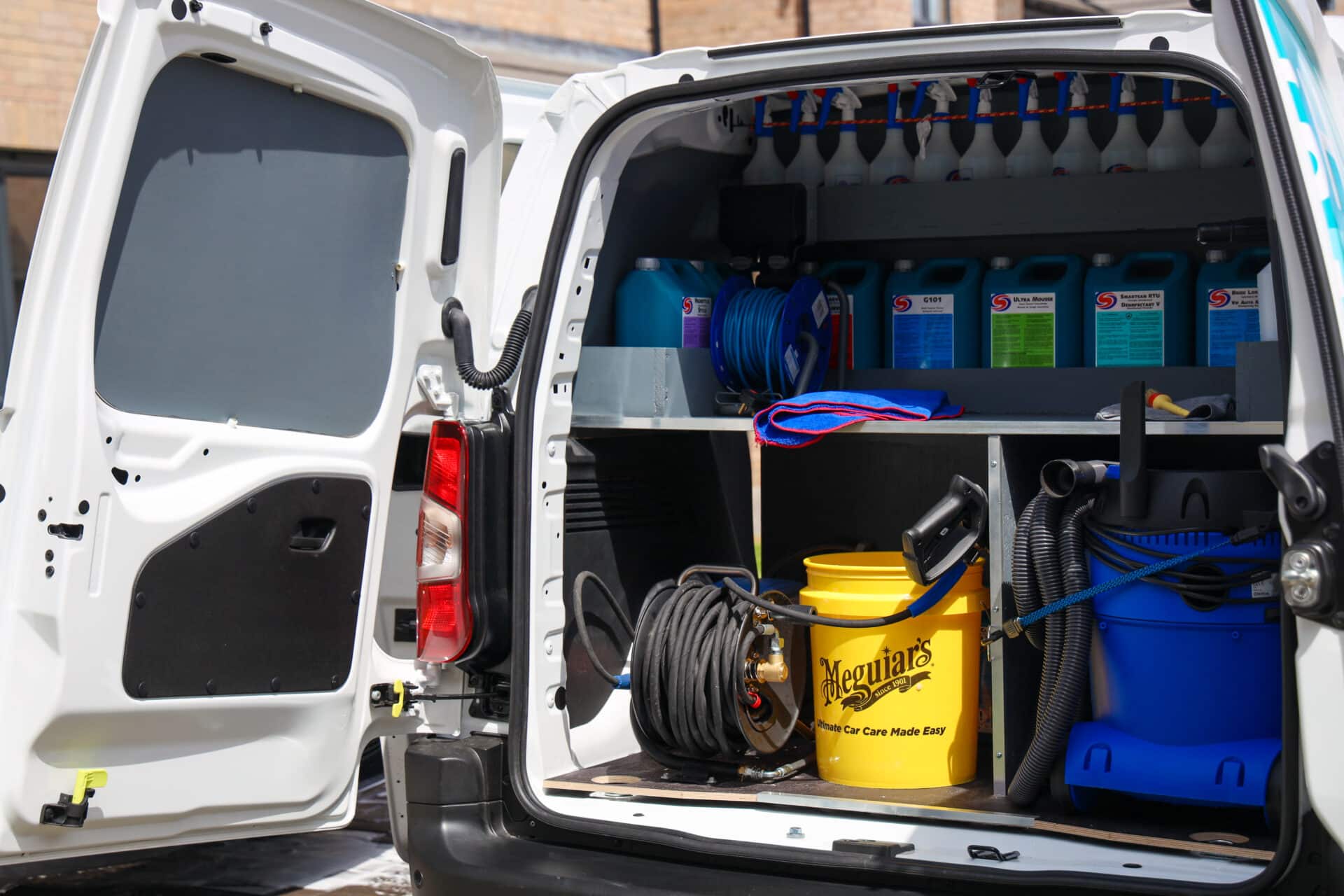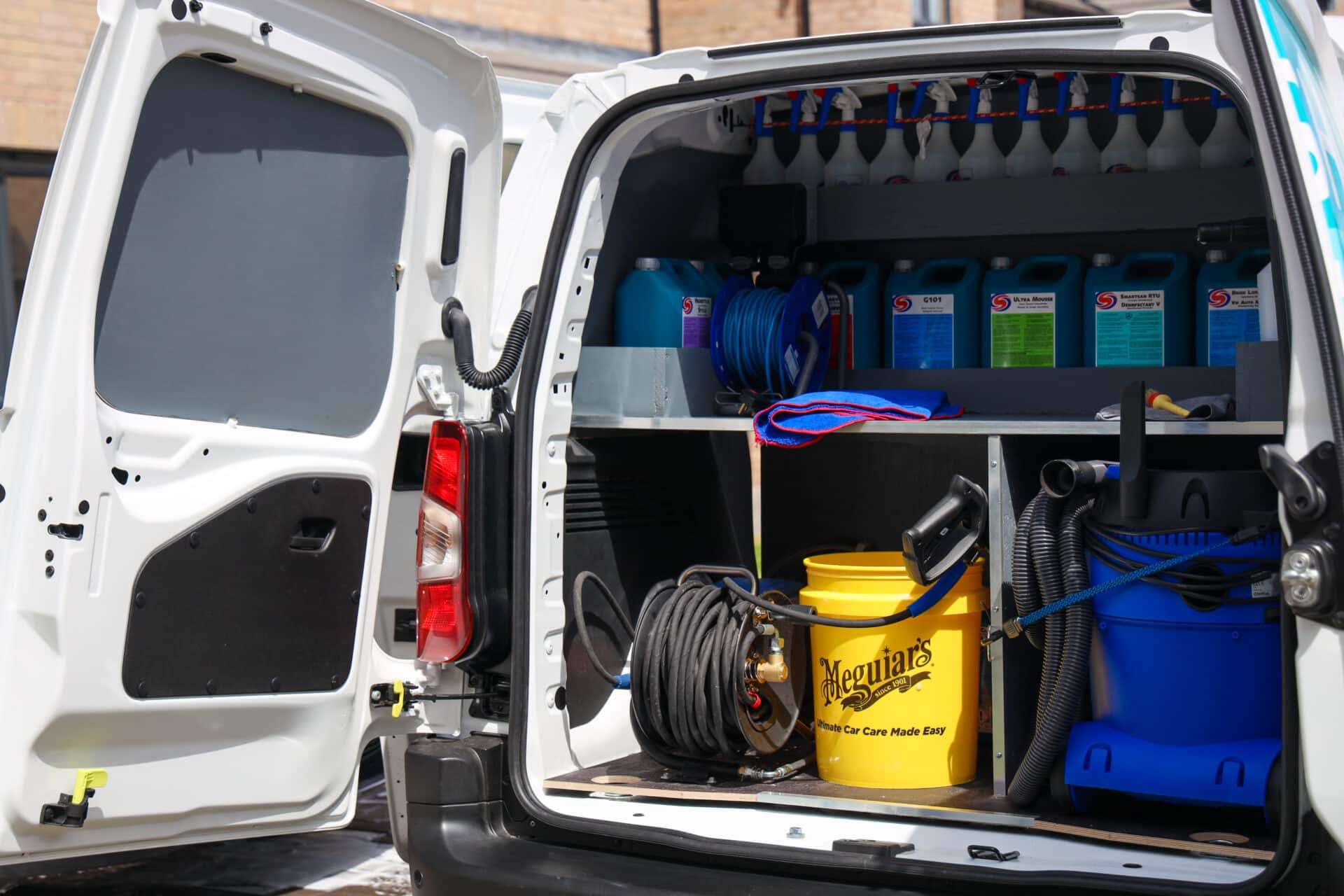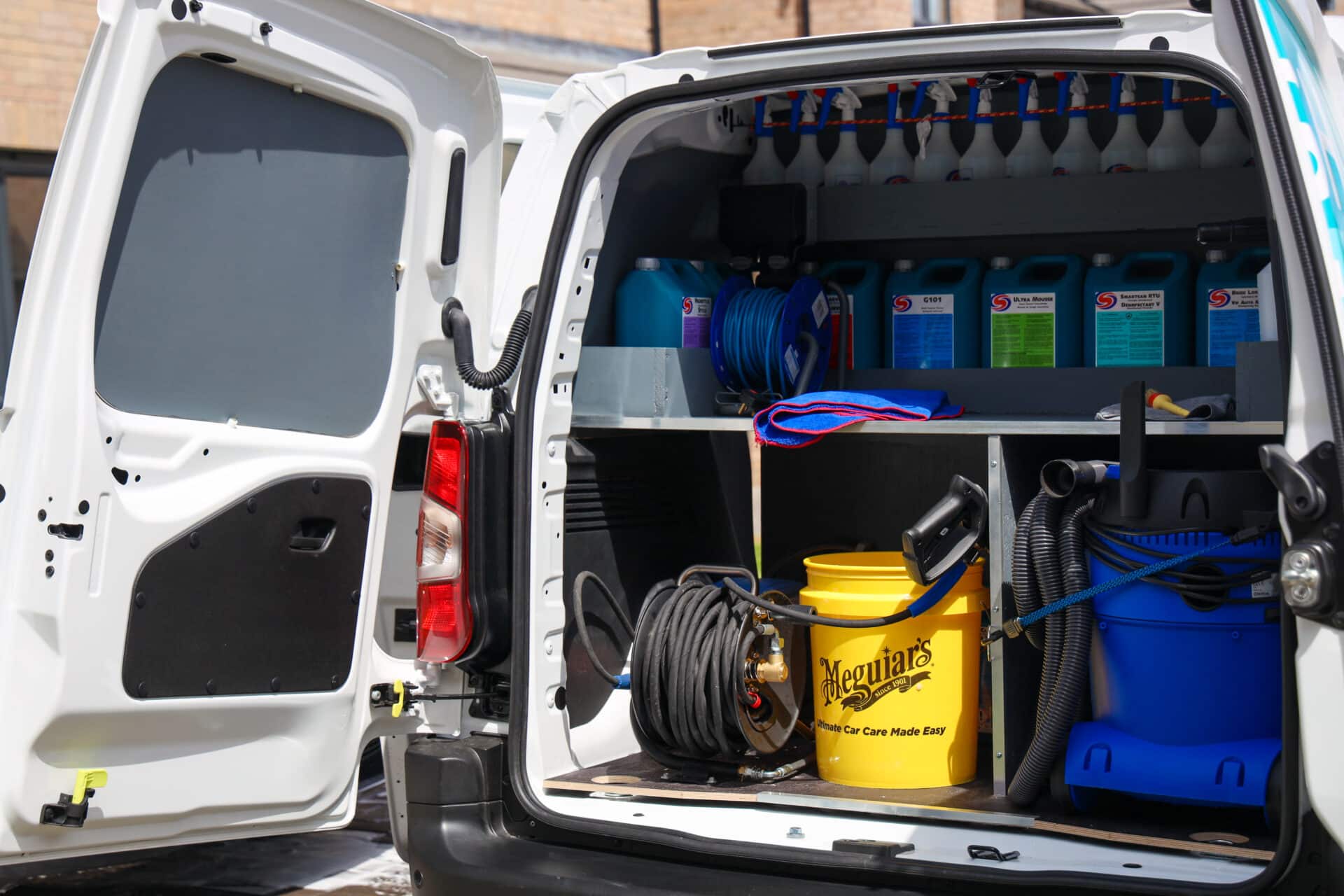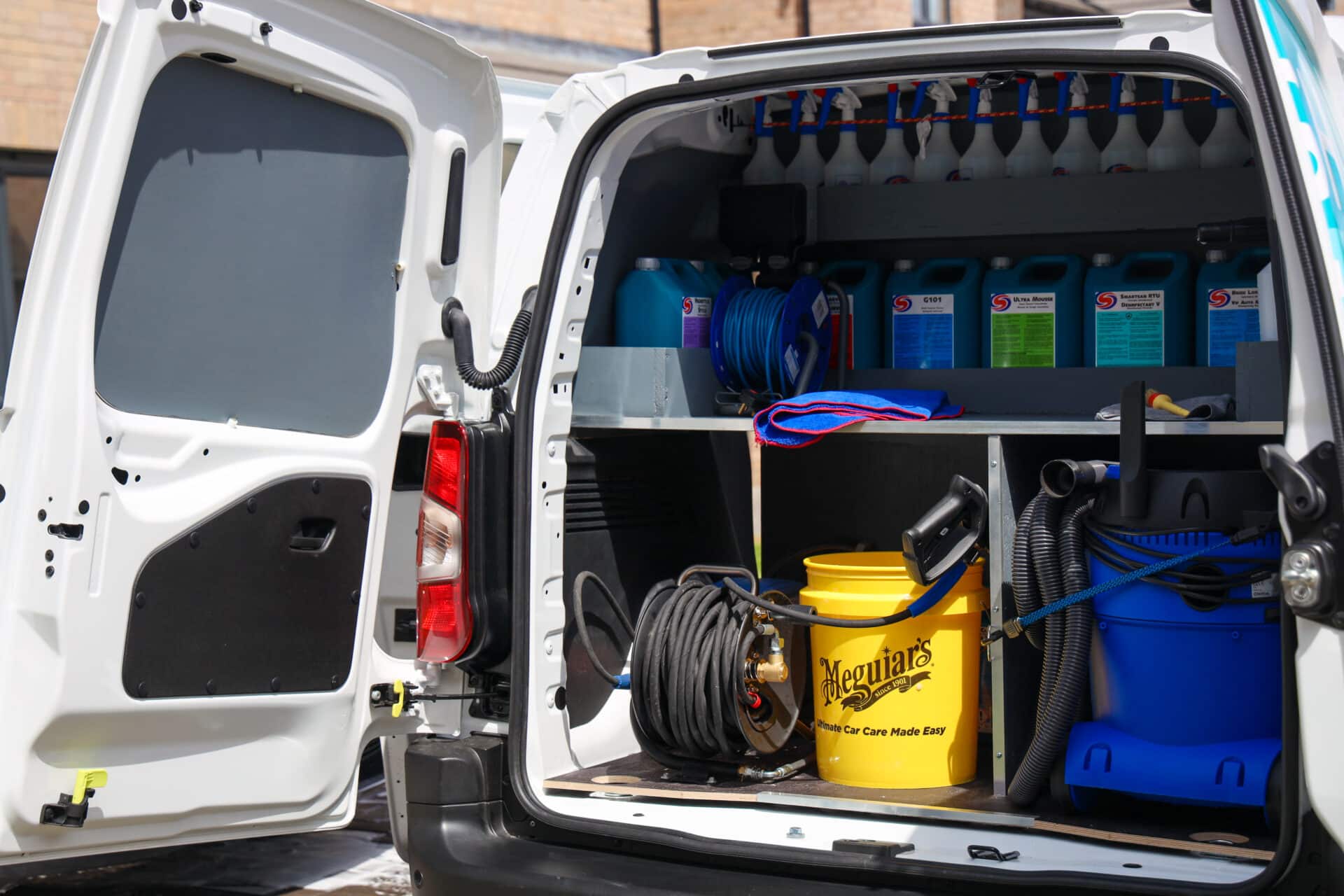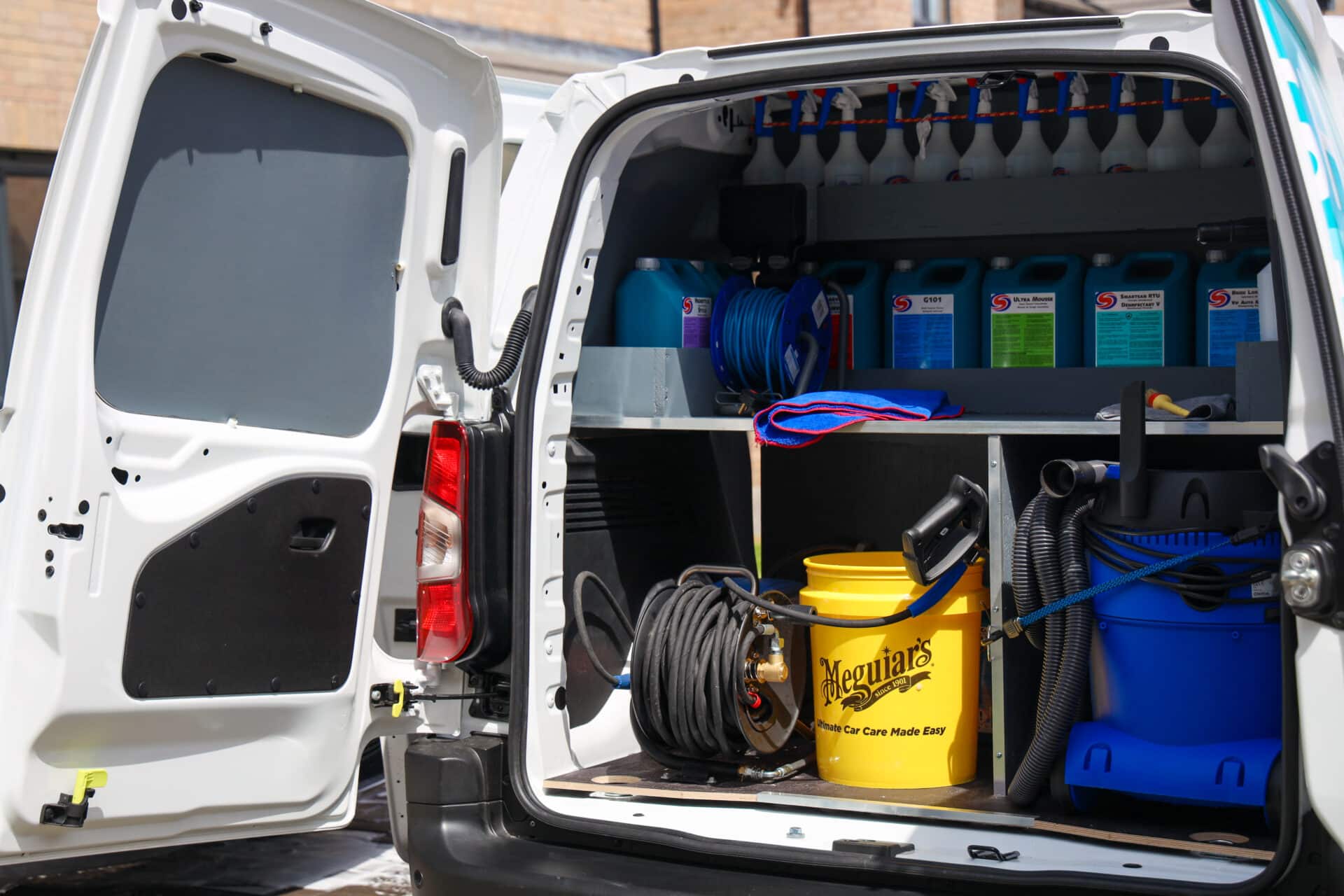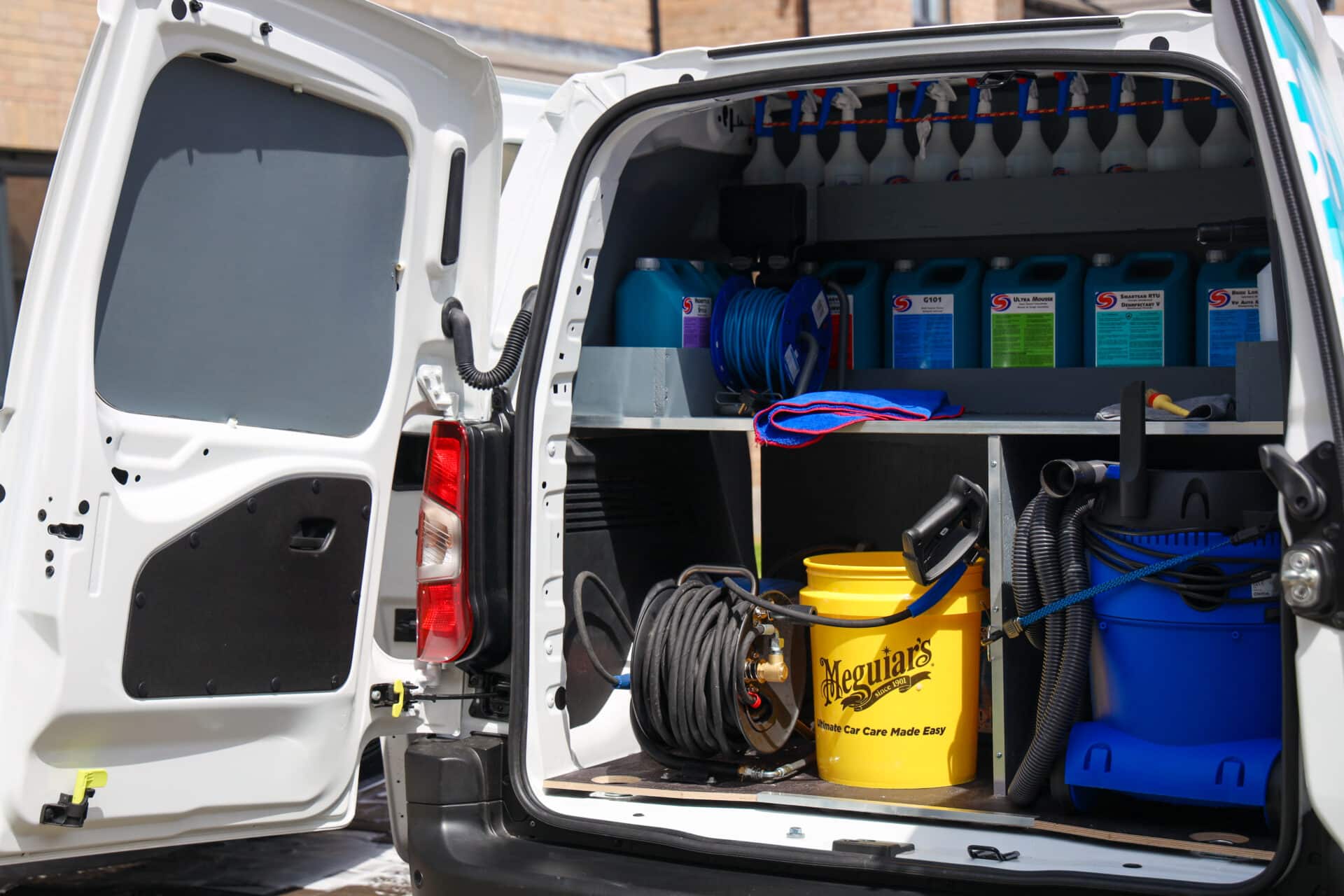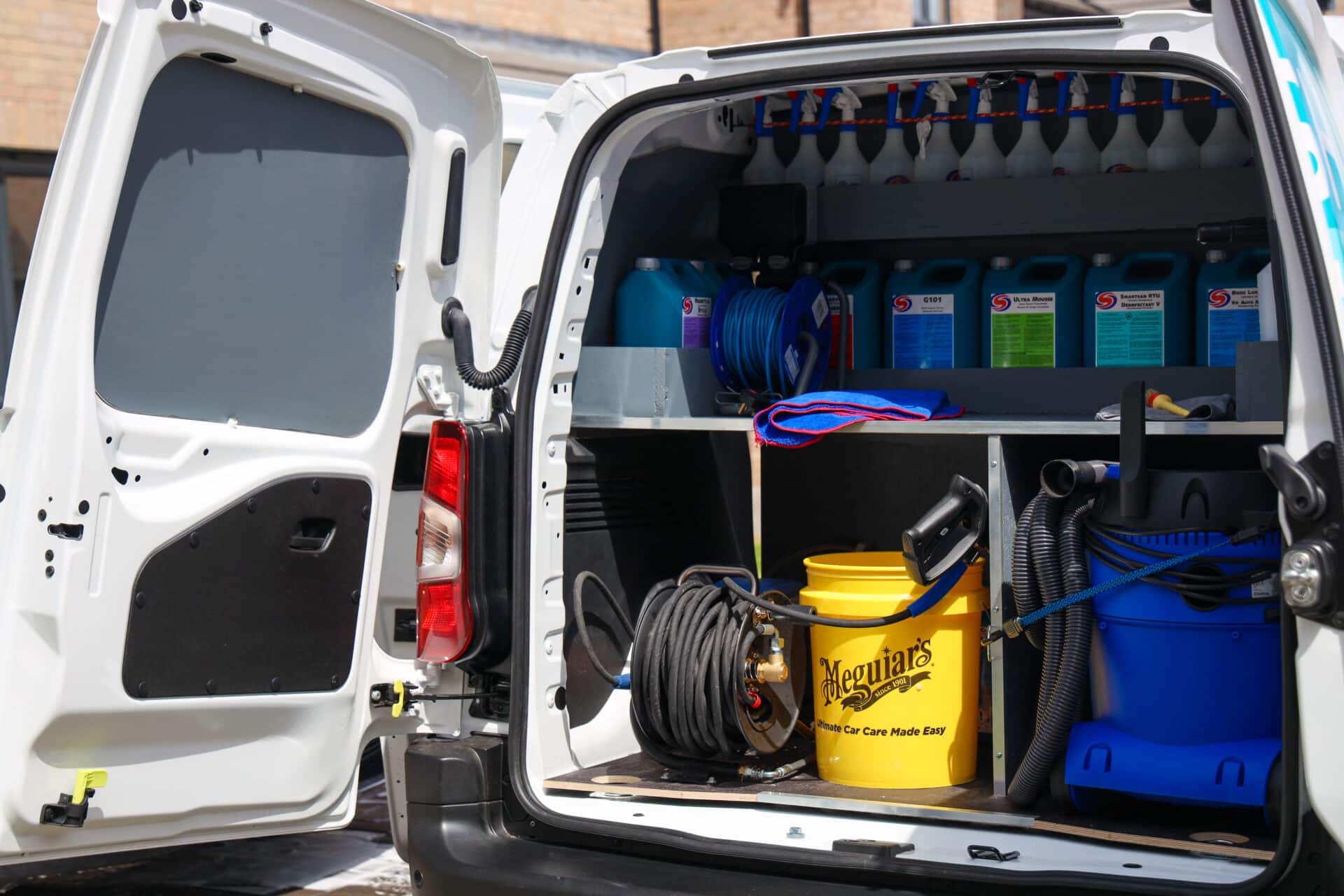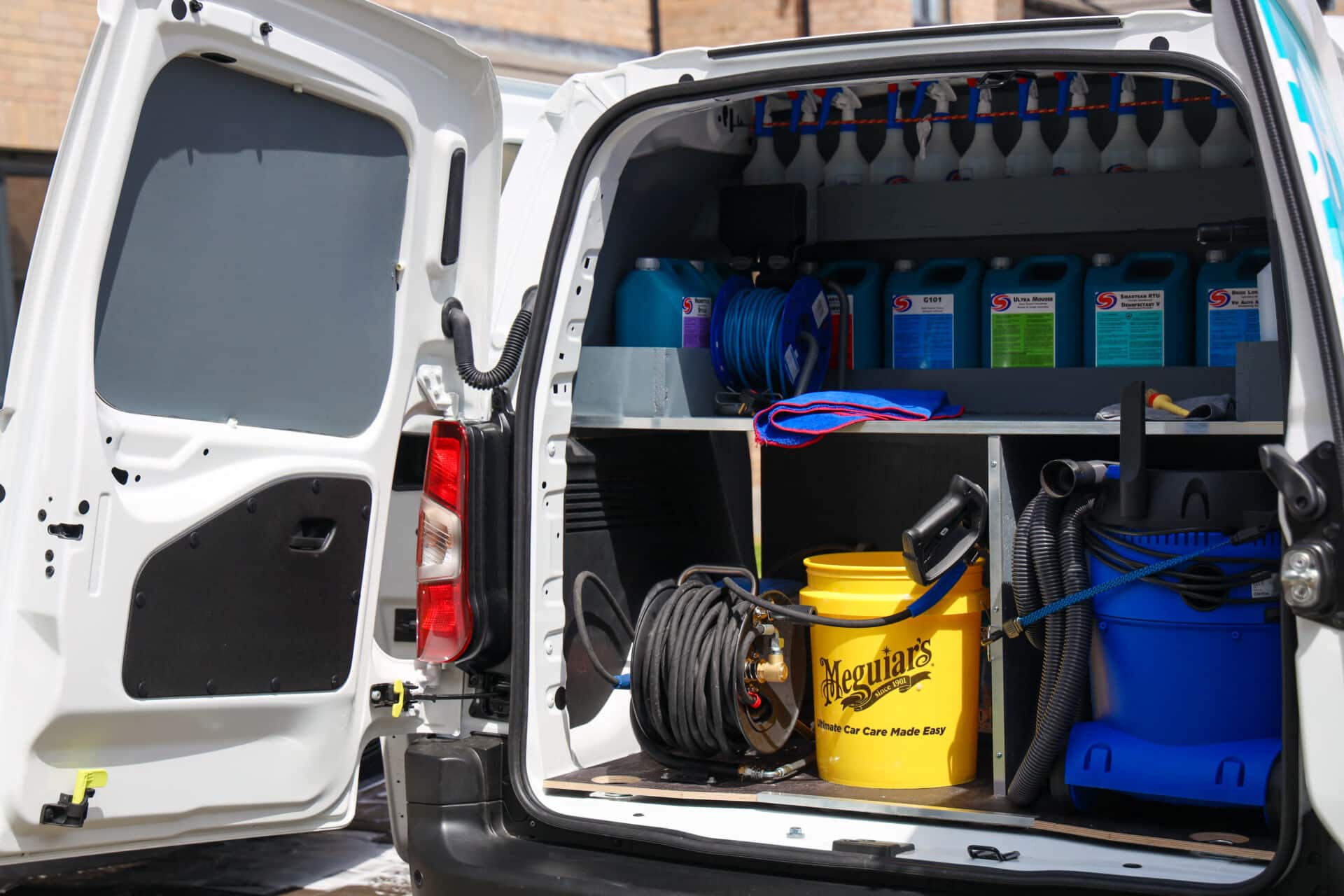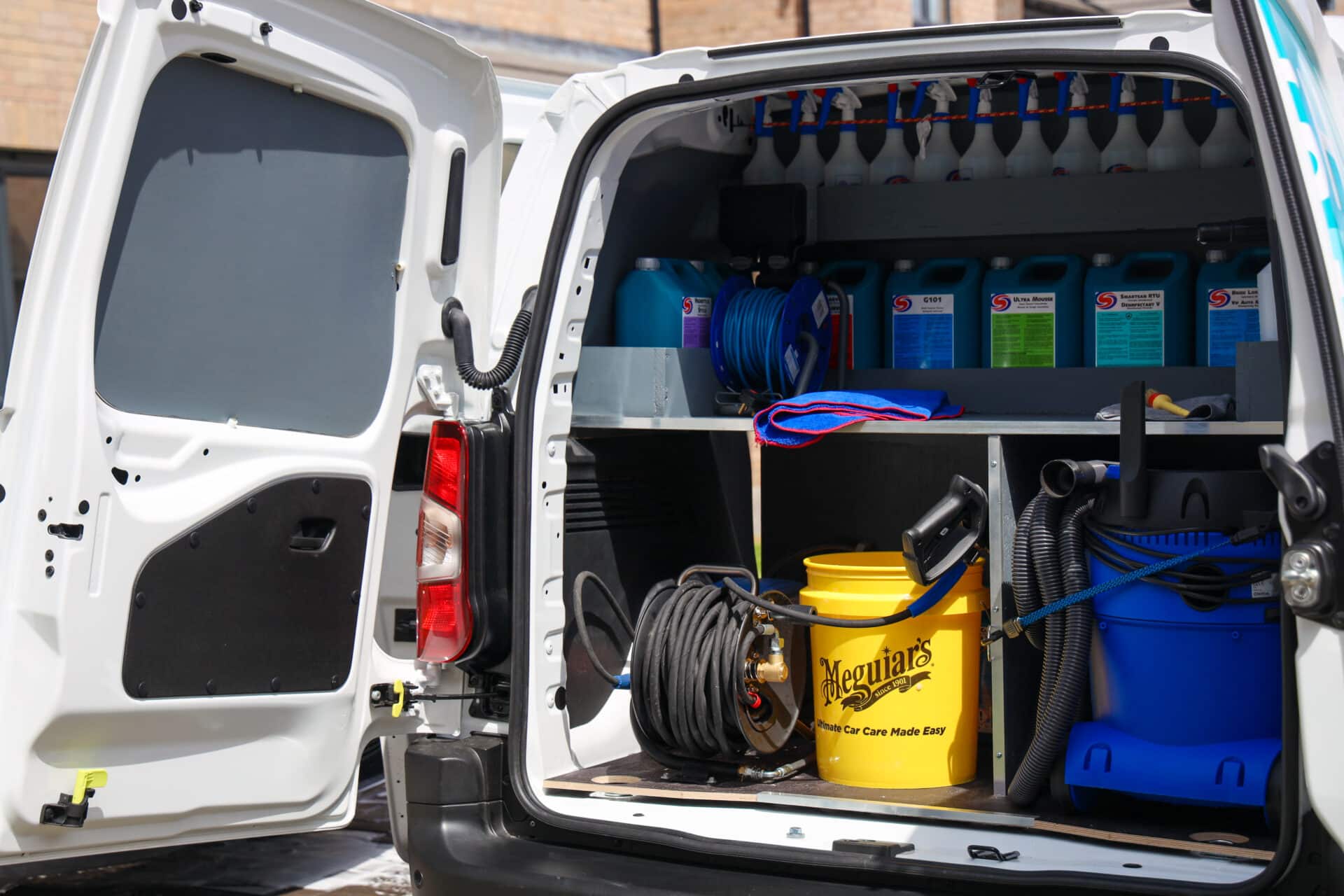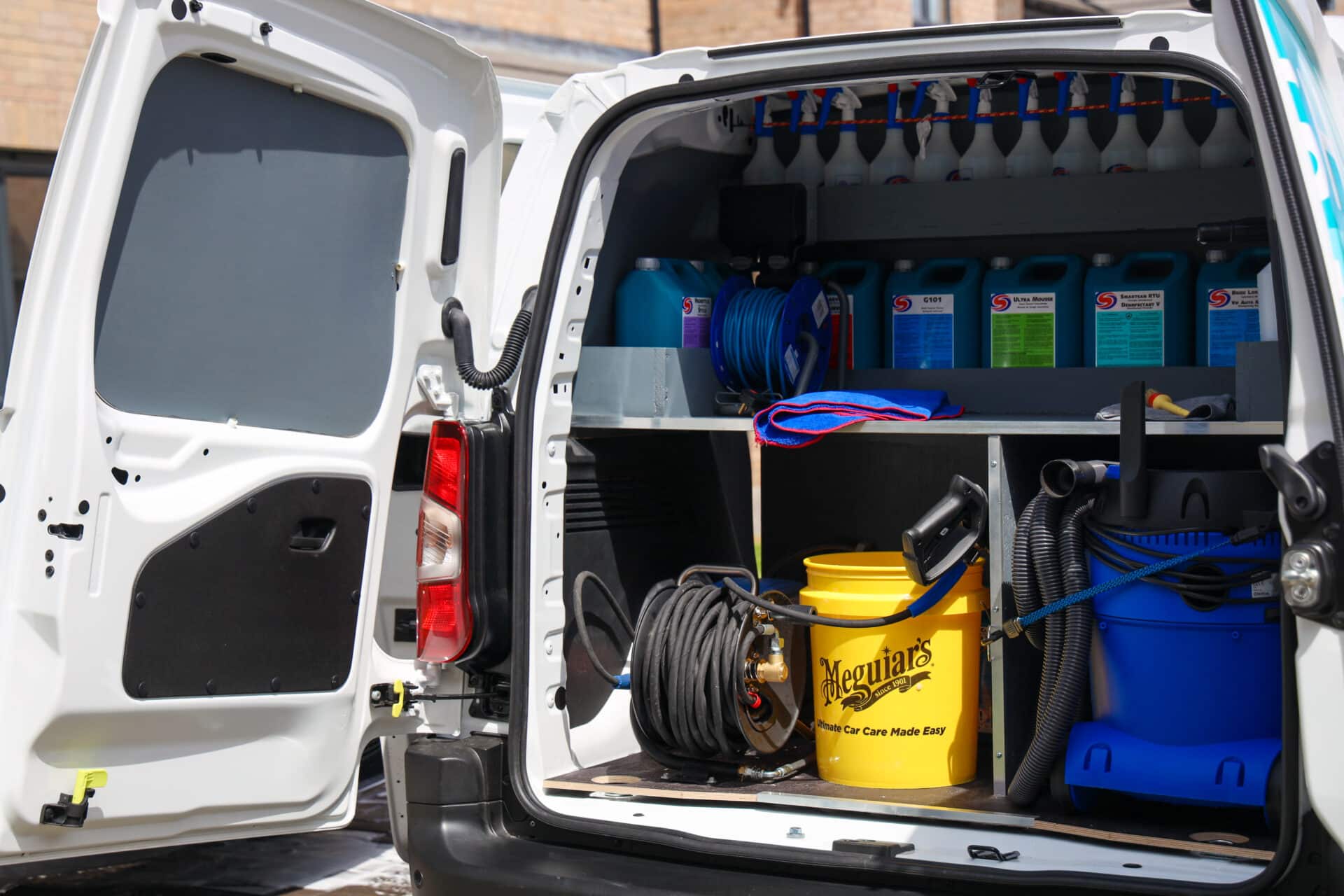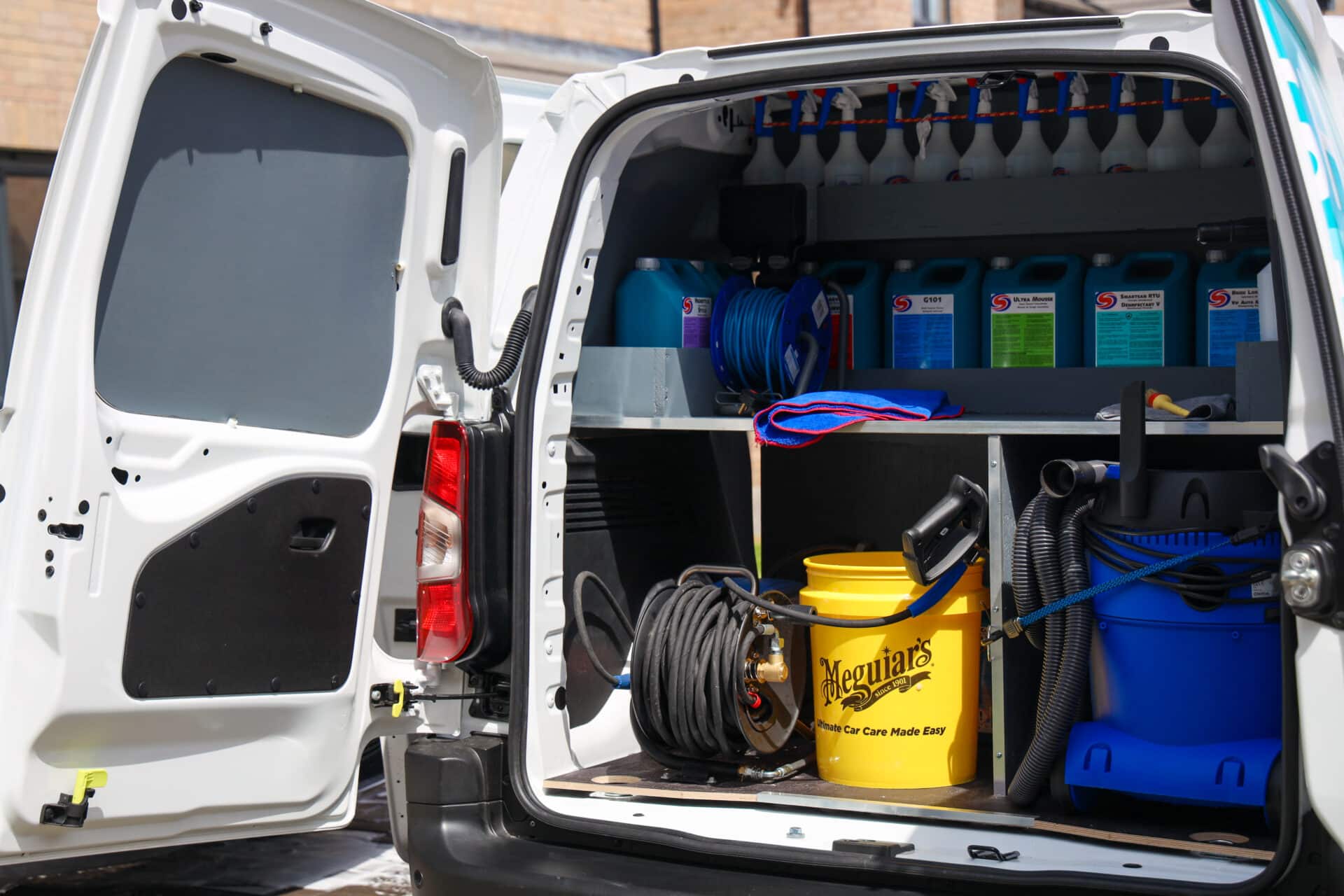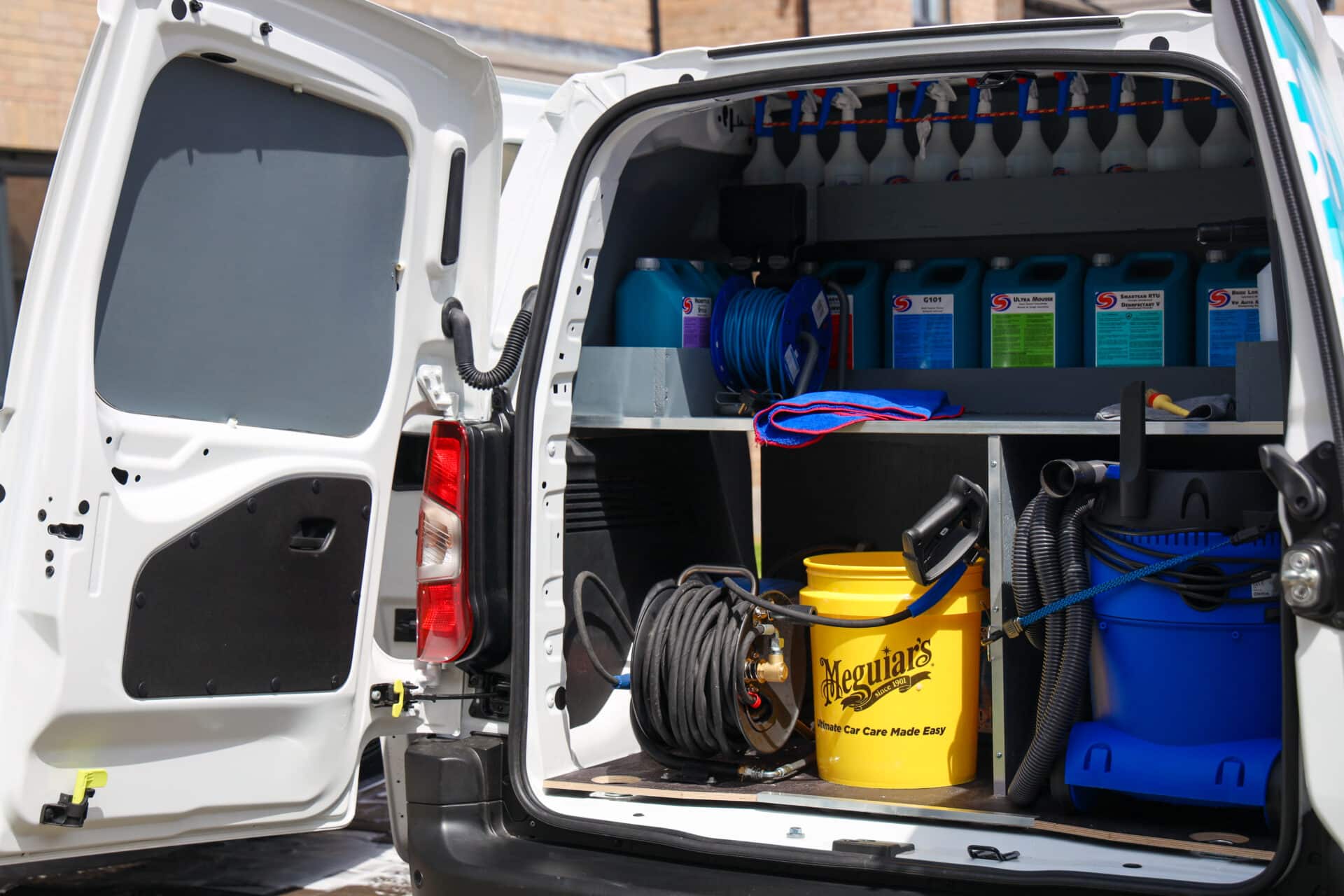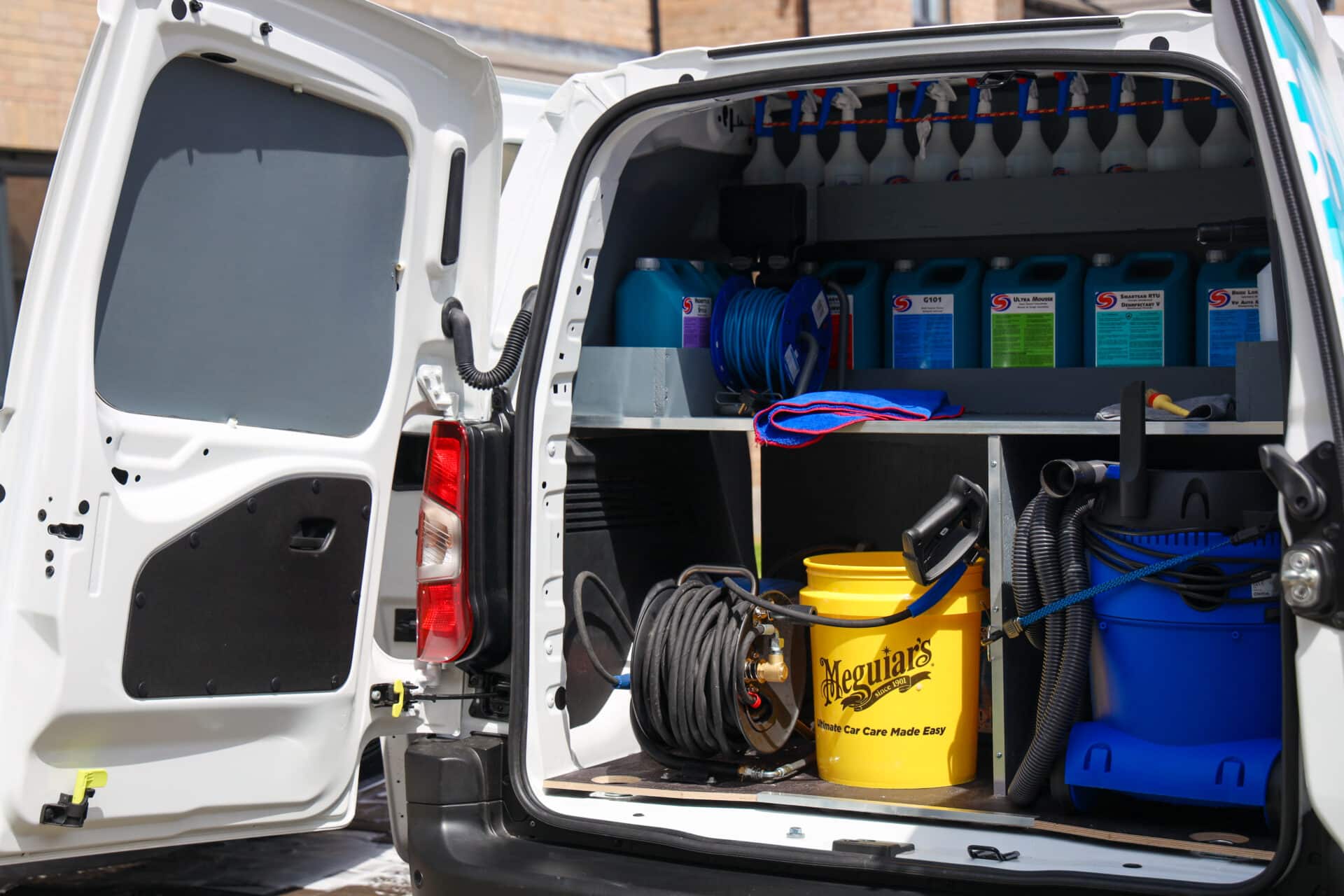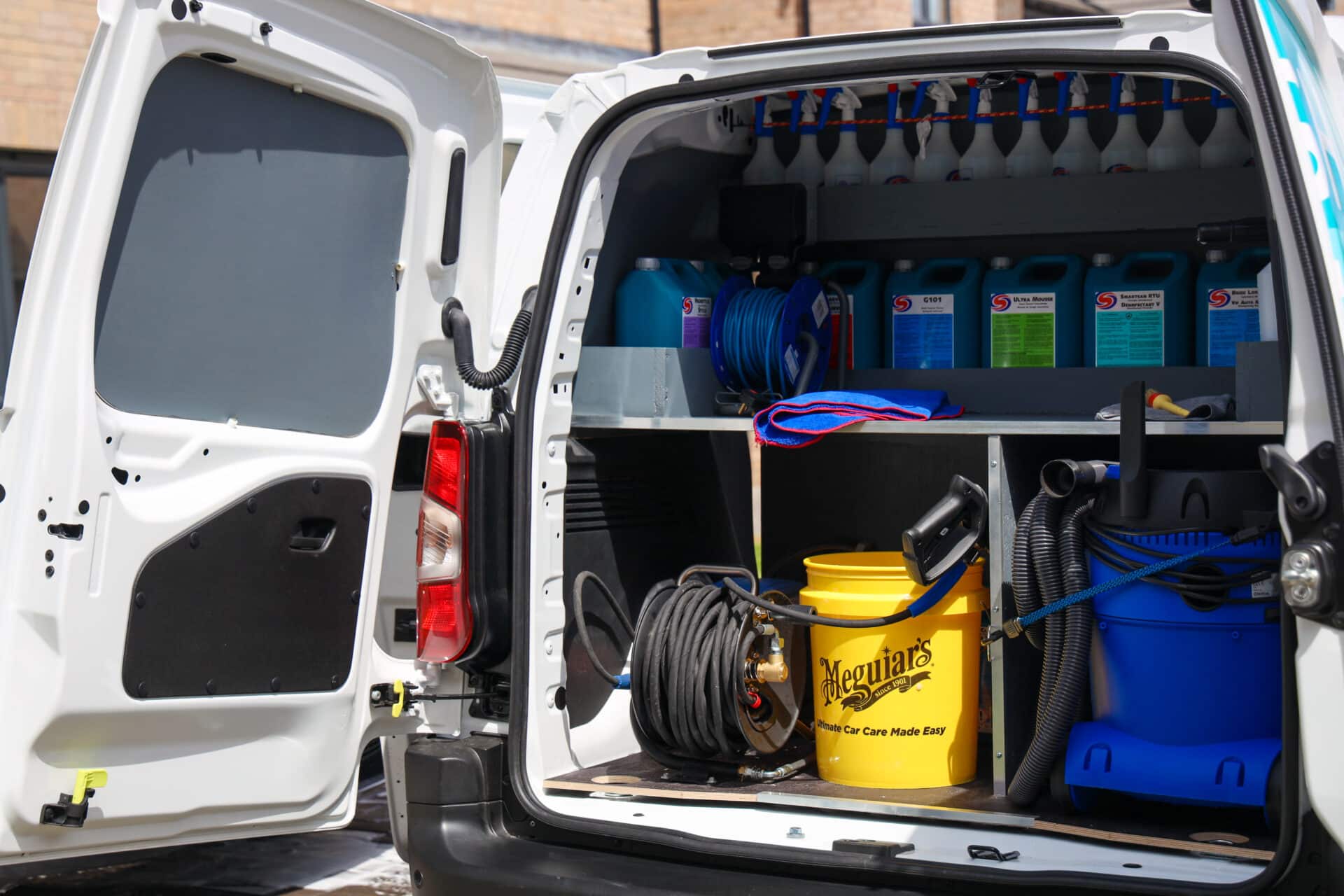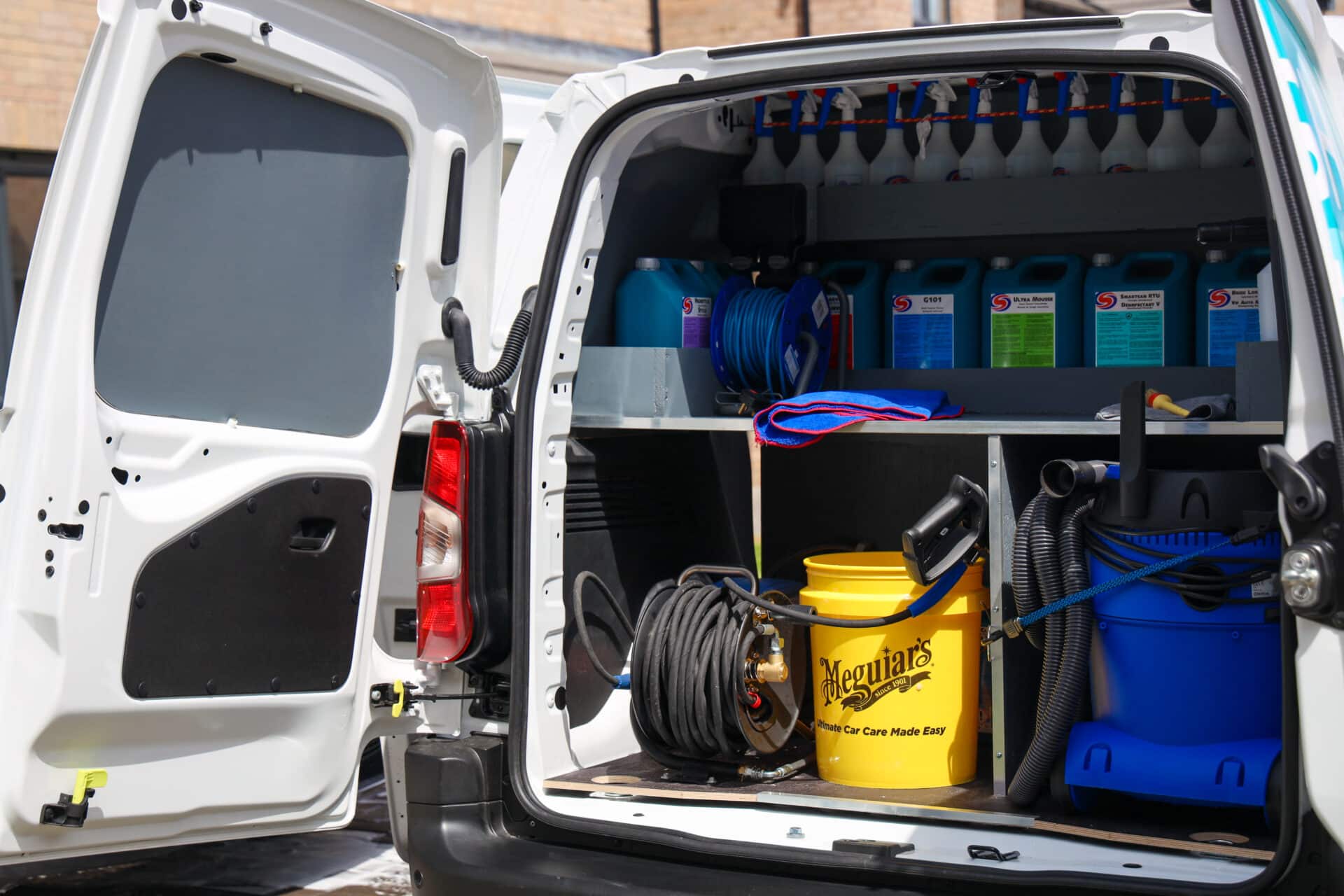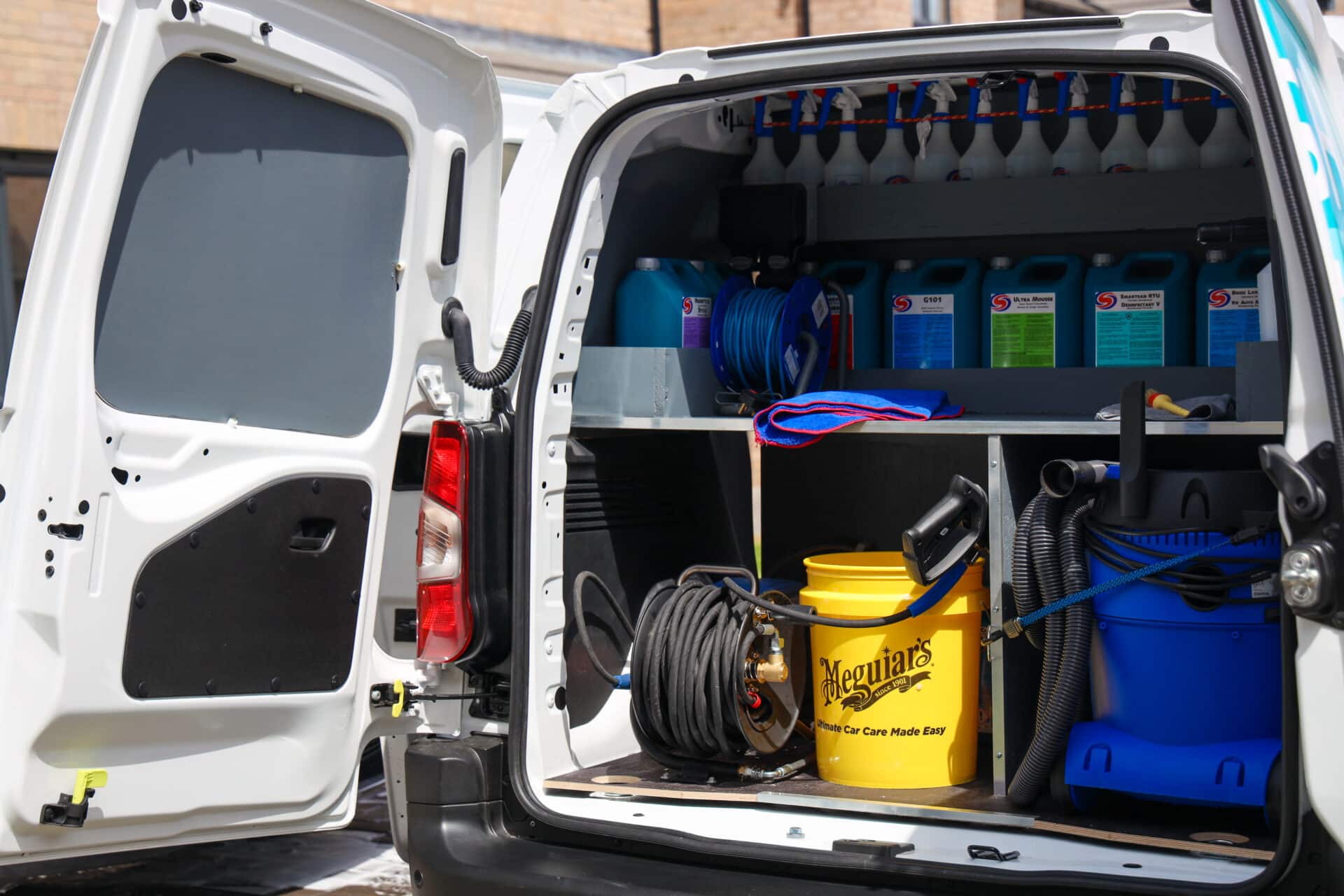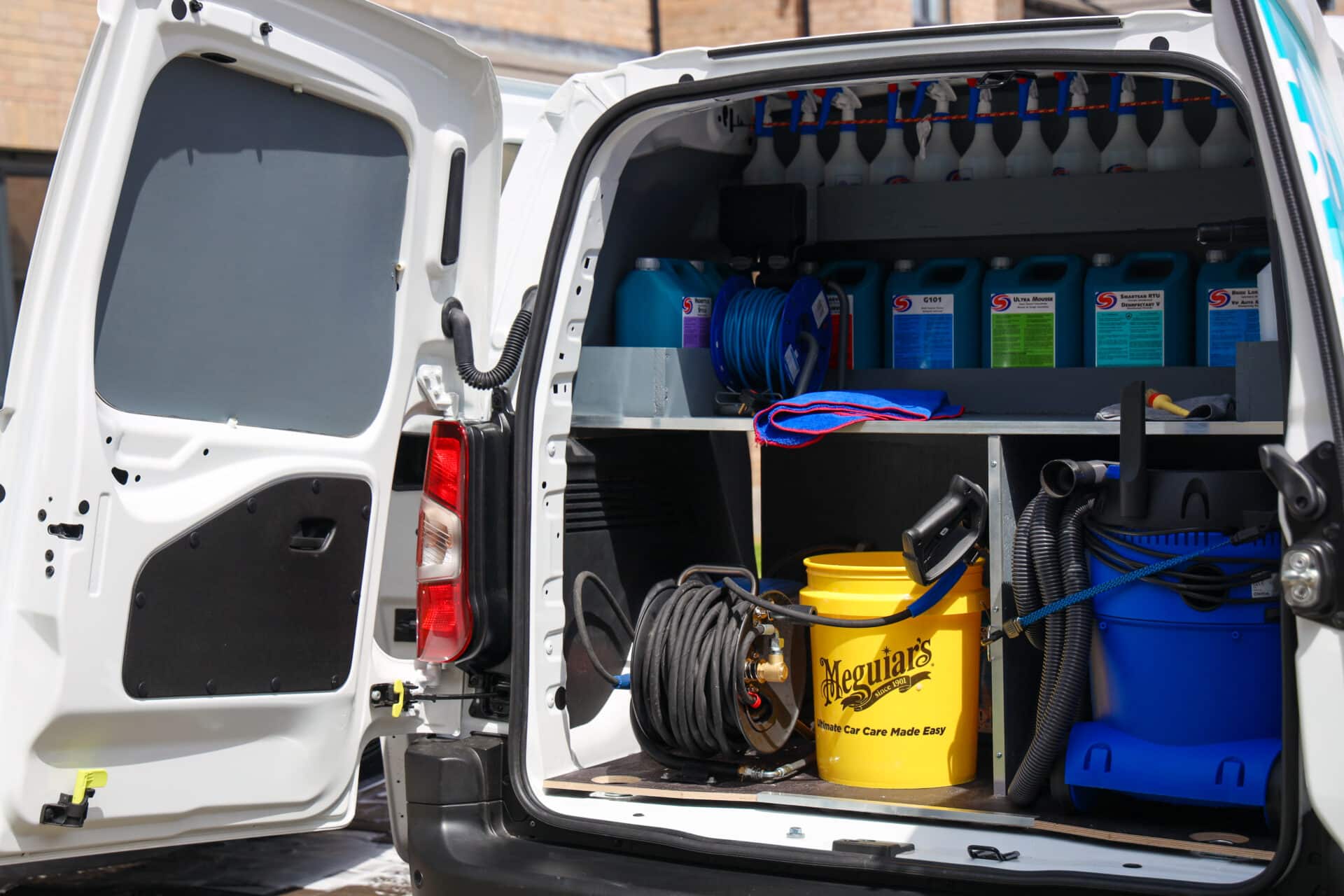Car valeting services have become increasingly popular across the UK, with mobile car valet businesses offering convenient on…
Car Dealership Valet Insurance: Essential Protection for Customer Vehicle Handling
When customers entrust their vehicles to your car dealership for servicing, sales demonstrations, or parking assistance, you're taking on significant responsibility. Car dealership valet insurance provides crucial protection for businesses that handle customer vehicles, covering the unique risks associated with moving, parking, and temporarily controlling cars that don't belong to you.
What is Car Dealership Valet Insurance?
Car dealership valet insurance, also known as motor trade road risks insurance or customer care cover, protects your business when employees drive or handle customer vehicles. This specialized coverage goes beyond standard motor trade insurance to address the specific liability exposures that arise when your staff operate vehicles owned by customers.
The insurance typically covers scenarios where your employees are:
- Moving customer cars around the forecourt or service area
- Test driving vehicles with potential buyers
- Parking customer cars in designated areas
- Delivering vehicles to or collecting from customers
- Transporting cars between different locations
Why Car Dealerships Need Valet Insurance
Legal Requirements
Any business that drives customer vehicles on public roads must have appropriate motor insurance coverage. Standard business insurance policies typically exclude cover for vehicles not owned by the business, making specialized valet insurance a legal necessity rather than an optional extra.
Customer Trust and Reputation
When customers leave their vehicles in your care, they expect professional handling and full protection. Having comprehensive valet insurance demonstrates your commitment to customer service and provides peace of mind that their vehicle is protected while under your control.
Financial Protection
Customer vehicles can be worth tens of thousands of pounds. Without proper insurance, your dealership could face substantial financial liability if a customer's car is damaged, stolen, or involved in an accident while being handled by your staff.
Key Coverage Areas
Third Party Liability
Covers claims from other road users if your employee causes an accident while driving a customer's vehicle. This includes property damage, personal injury claims, and legal costs associated with defending your business.
Comprehensive Cover
Protects against damage to the customer's vehicle itself, including:
- Collision damage
- Fire and theft
- Vandalism
- Weather-related damage
- Accidental damage during handling
Personal Accident Cover
Provides protection for your employees who may be injured while driving or handling customer vehicles, covering medical expenses and compensation claims.
Legal Expenses
Covers the cost of legal representation and court proceedings if your business faces litigation related to customer vehicle handling.
Common Risk Scenarios
Forecourt Accidents
Busy dealership forecourts present numerous hazards, from other vehicles and pedestrians to obstacles and tight parking spaces. Even experienced drivers can have accidents when maneuvering in confined spaces or unfamiliar vehicles.
Test Drive Incidents
Allowing potential customers to test drive vehicles creates additional risks. While the customer is typically the primary driver, your business may still face liability claims if the vehicle is inadequately maintained or if safety briefings are insufficient.
Theft and Security
Customer vehicles left on your premises overnight or for extended periods are vulnerable to theft. Professional thieves often target dealership forecourts, knowing they'll find high-value vehicles with potentially accessible keys.
Employee Error
Even well-trained staff can make mistakes when handling customer vehicles. Wrong fuel types, mechanical damage from improper operation, or simple driving errors can result in costly claims.
Factors Affecting Premium Costs
Business Size and Turnover
Larger dealerships handling more customer vehicles typically face higher premiums due to increased exposure. However, they may benefit from economies of scale and better risk management systems.
Vehicle Types
Dealerships specializing in high-value or performance vehicles generally pay higher premiums due to the increased potential claim costs. Luxury car dealers face particular challenges due to expensive repair costs and specialized parts.
Staff Experience and Training
Insurers consider the experience level and training standards of employees who handle customer vehicles. Comprehensive training programs and experienced staff can help reduce premiums.
Security Measures
Robust security systems, including CCTV, alarm systems, secure key storage, and perimeter fencing, can significantly impact insurance costs. Insurers often require minimum security standards for coverage.
Claims History
Your business's previous claims experience directly affects premium calculations. A clean claims record demonstrates effective risk management and can result in favorable pricing.
Location Factors
Dealerships in high-crime areas or locations with challenging traffic conditions may face higher premiums due to increased theft and accident risks.
Essential Policy Features to Look For
Adequate Coverage Limits
Ensure your policy provides sufficient coverage for the most expensive vehicles you handle. Consider that luxury and specialist vehicles may require coverage well above average car values.
Comprehensive Geographical Coverage
Your policy should cover vehicle movement anywhere your business operations require, including customer deliveries, collections, and transfers between sites.
Multiple Driver Coverage
Ensure all employees who may handle customer vehicles are covered, including part-time staff, apprentices, and temporary workers.
Key Cover
Protection against lost or stolen keys, including the cost of replacement keys and any necessary security system reprogramming.
Breakdown and Recovery
Coverage for breakdown recovery services when customer vehicles experience mechanical failures while under your care.
Legal and Regulatory Compliance
Road Traffic Act Requirements
All vehicles driven on public roads must have valid insurance coverage. Your valet insurance must meet minimum legal requirements for third-party coverage.
Data Protection Considerations
When handling customer vehicles, you'll have access to personal information through vehicle registration documents and potentially personal items left in cars. Ensure your insurance includes coverage for data protection breaches.
Health and Safety Obligations
Your business has legal obligations to protect employee safety when handling customer vehicles. This includes providing appropriate training, safety equipment, and maintaining safe working environments.
Consumer Rights Compliance
Customer vehicles must be handled with reasonable care and skill. Your insurance should protect against claims arising from failure to meet consumer protection standards.
Risk Management Best Practices
Staff Training Programs
Implement comprehensive training covering safe driving practices, vehicle handling procedures, security protocols, and customer service standards. Regular refresher training helps maintain high standards.
Vehicle Inspection Procedures
Establish clear procedures for inspecting customer vehicles before and after handling, documenting any existing damage and ensuring all issues are properly recorded and communicated.
Key Management Systems
Implement secure key storage and tracking systems to prevent theft and ensure accountability. Consider electronic key management systems for larger operations.
Security Protocols
Develop comprehensive security procedures covering vehicle storage, access control, CCTV monitoring, and alarm systems. Regular security reviews help identify and address vulnerabilities.
Customer Communication
Maintain clear communication with customers about when and why their vehicles need to be moved, who will be driving them, and what insurance coverage is in place.
Choosing the Right Insurance Provider
Motor Trade Expertise
Select insurers with specific experience in motor trade insurance who understand the unique risks and requirements of car dealerships.
Claims Handling Reputation
Research potential insurers' claims handling procedures and reputation. Quick, fair claims resolution is crucial for maintaining customer relationships and business operations.
Risk Management Support
Look for insurers who provide risk management resources, training materials, and guidance to help reduce your exposure and potentially lower premiums.
Policy Flexibility
Choose policies that can adapt to your business needs, including seasonal variations, business growth, and changes in vehicle types handled.
Financial Stability
Ensure your chosen insurer has strong financial ratings and the resources to handle large claims without compromising service quality.
Cost Management Strategies
Regular Policy Reviews
Conduct annual policy reviews to ensure coverage remains appropriate for your business needs and to identify potential cost savings opportunities.
Claims Prevention
Invest in staff training, security improvements, and safety systems to reduce claims frequency and demonstrate good risk management to insurers.
Excess Management
Consider higher policy excesses to reduce premium costs, but ensure excess levels remain manageable for your business cash flow.
Multi-Policy Discounts
Bundling valet insurance with other business insurance policies may provide cost savings and simplified administration.
Industry Benchmarking
Compare your insurance costs and coverage with industry standards to ensure you're receiving competitive terms.
The Claims Process
Immediate Response
Establish clear procedures for immediate response to incidents involving customer vehicles, including scene safety, emergency services contact, and initial documentation.
Customer Communication
Develop protocols for communicating with affected customers promptly and professionally, keeping them informed throughout the claims process.
Documentation Requirements
Maintain comprehensive records of all incidents, including photographs, witness statements, police reports, and correspondence with insurers and customers.
Repair Management
Work with approved repairers who understand the importance of quality workmanship and customer service when handling insurance repairs.
Business Continuity
Plan for maintaining business operations during the claims process, including alternative arrangements for customer vehicle handling if necessary.
Future Considerations
Electric Vehicle Challenges
The growing prevalence of electric vehicles presents new challenges for dealership operations, including specialized handling requirements, charging infrastructure, and different risk profiles.
Technology Integration
Advanced driver assistance systems, keyless entry, and other modern vehicle technologies require updated staff training and may affect insurance considerations.
Autonomous Vehicle Implications
As autonomous vehicle technology develops, dealerships will need to adapt their insurance coverage and risk management approaches to address new liability scenarios.
Environmental Considerations
Increasing focus on environmental responsibility may affect insurance requirements, particularly regarding pollution liability and sustainable business practices.
Conclusion
Car dealership valet insurance is an essential protection for any business that handles customer vehicles. The coverage provides crucial financial protection against the significant risks associated with driving, moving, and storing cars that don't belong to your business.
Effective valet insurance goes beyond basic legal compliance to protect your business reputation, customer relationships, and financial stability. By understanding the coverage options, implementing strong risk management practices, and working with experienced insurers, car dealerships can confidently handle customer vehicles while maintaining comprehensive protection.
The investment in quality valet insurance pays dividends through customer confidence, regulatory compliance, and peace of mind that your business is protected against the unexpected. As the automotive industry continues to evolve, maintaining appropriate insurance coverage remains a fundamental requirement for successful dealership operations.
Regular policy reviews, ongoing staff training, and proactive risk management ensure your valet insurance continues to meet your business needs while providing the protection your customers expect when they entrust their vehicles to your care.


 0330 127 2333
0330 127 2333
